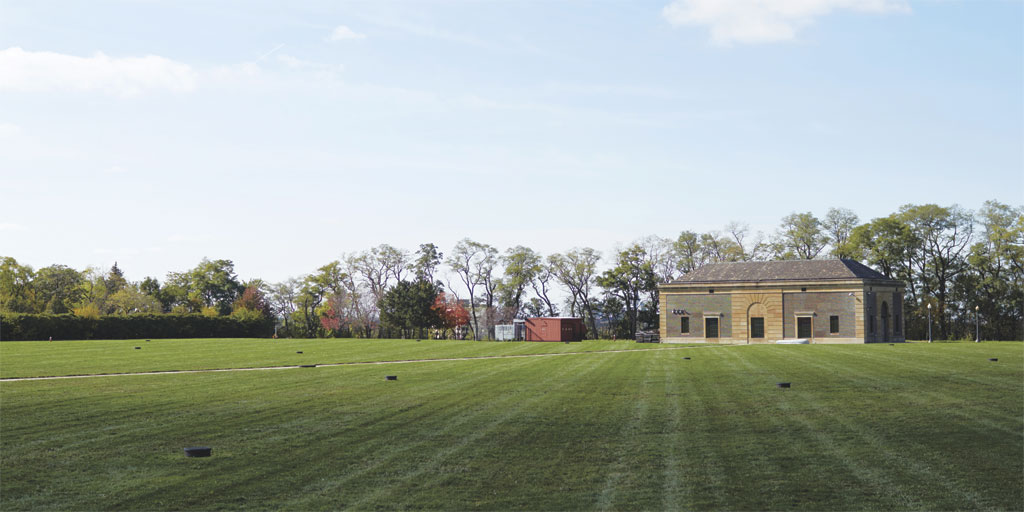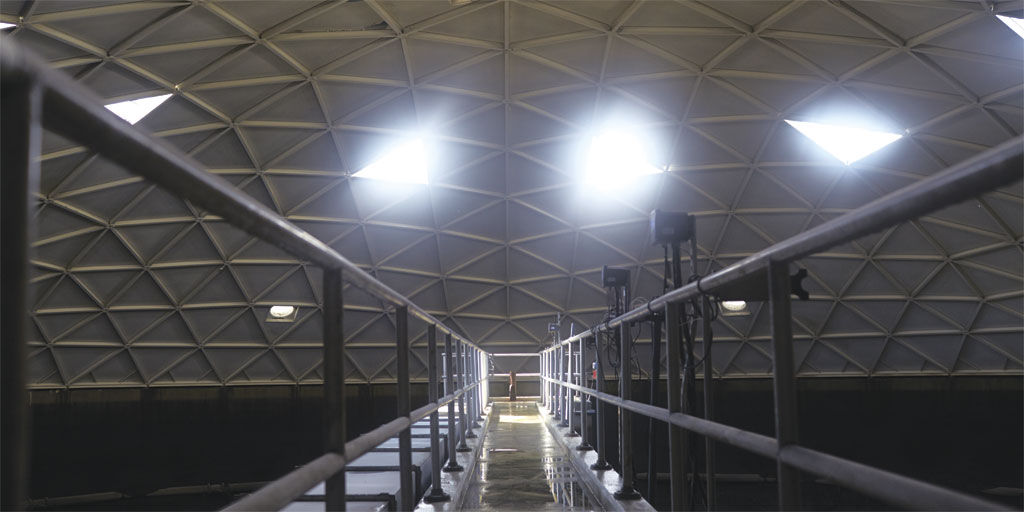As you travel up Stokes Boulevard from University Circle, it unfolds like a palatial estate behind a tall fence with a red-and-white “No Trespassing” sign. But inside Cleveland Water Department’s 1924-built Baldwin Water Treatment Plant, an average of 70 million gallons of H2O drawn from the 5 Mile Crib in Lake Erie (that giant orange-and-white buoy-looking thing you can see from downtown) is purified every day. We take a rare tour through one of Cleveland’s municipal gems. 11216 Stokes Blvd., Cleveland, 216-664-3130, clevelandwater.com

The Purification: Water from the 5 Mile Crib gets drawn through the Kirtland Pump Station on South Marginal Road and uphill to Baldwin 4.7 miles away. In the long central hallway of Baldwin’s main building, chemically treated water passes through 20 filters where the liquid settles through layers of silica sand and anthracite to filter out granular bits. “Once it goes through this filter, it’s drinkable,” says plant manager Frank Woyma.

The Reservoir: Behind Baldwin’s main building is an emerald green field of grass broken up by concrete sidewalks and what look like sewer grates. Underneath the grass, two 35-foot-deep chambers, which can hold up to 130 million gallons of ready-to-drink water, are held up by a series of grand columns. Since the reservoir is atop Cedar Hill, it’s easier for the water to flow down to the city below in case of emergency. “In 2003, we had that big electrical outage,” says Woyma. “Everything below us never lost water because of the elevation.”

The Flourishes: Touches from a more romantic age in municipal architecture dot the plant. The plant’s insignia — BF, for Baldwin Filtration — accent doorways and wrought iron railings. Two massive, 900-pound brass doors mark the entrance. And out front is a bell, which used to be located at the 5 Mile Crib to warn boaters. “In 1964, they automated the crib,” says Woyma. “[Prior to that], in the event of a storm or fog, they would light a light and ring the bell.”

The Leftovers: Just north of the plant, a pair of white domes handles the dirty work. The inside sounds like a waterfall. It’s humid and smells like a giant mossy puddle. Each dome can hold about 13 million gallons of gunk leftover after filtration that is eventually diluted and disposed of by the Northeast Ohio Regional Sewer District. “It’s what we take out of the lake water,” Woyma says. “It’s all sediment. This is the end.”


